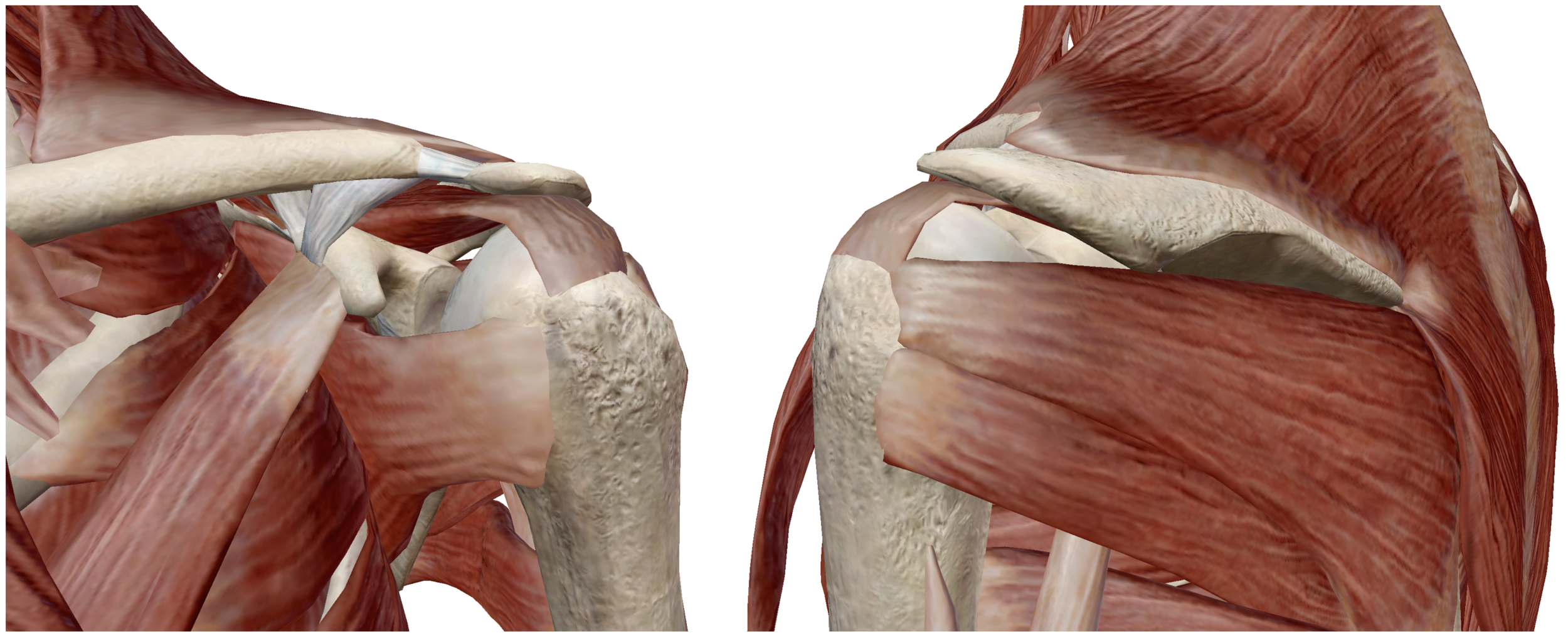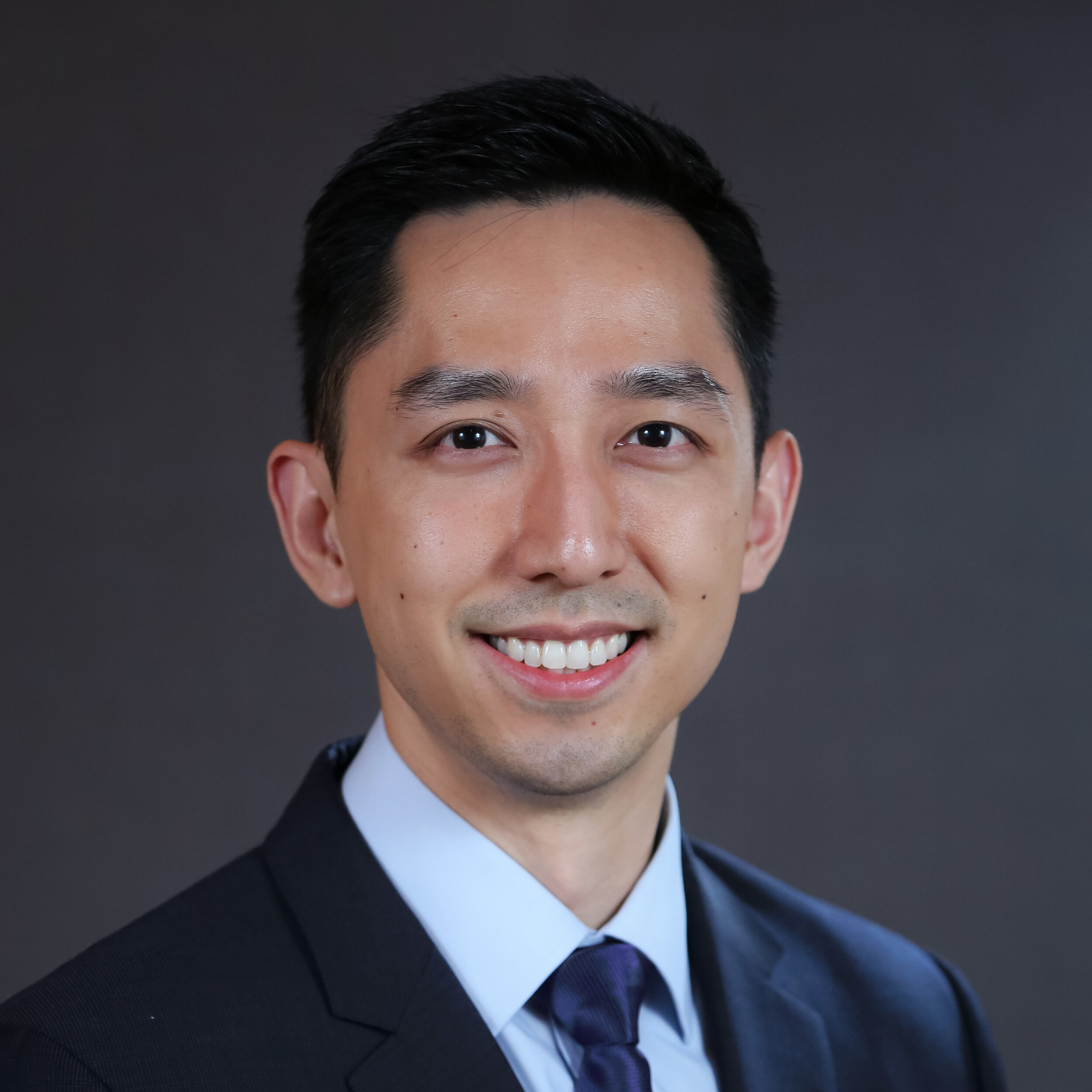Michael Fu, MD - HSS Orthopedic Surgeon and Shoulder Specialist
Arthroscopic Shoulder Rotator Cuff Repair Surgery
In the field of orthopedic surgery, shoulder arthroscopic rotator cuff repair has undergone significant evolution and advancement in surgical technology as a minimally-invasive procedure. With the prevalence of shoulder rotator cuff tears and our sole focus on the shoulder, we have treated numerous patients with arthroscopic shoulder rotator cuff surgeries.
Understanding Rotator Cuff Injuries
The rotator cuff is a group of muscles and tendons that surround the shoulder joint, maintaining its stability and enabling a wide range of movements. Injuries to the rotator cuff, ranging from minor strains to complete tears, can result from acute trauma, degenerative changes, or repetitive overhead activities. Symptoms often include pain, weakness, and decreased range of motion, significantly impacting daily activities and quality of life.
The Arthroscopic Approach
Traditionally, rotator cuff repairs were performed through open surgery, requiring large incisions and a more extended recovery period. However, the advent of arthroscopic technology has transformed this landscape. Arthroscopic rotator cuff repair involves the use of an arthroscope, a small camera-equipped device, which is inserted into the shoulder joint through tiny incisions. This approach allows surgeons to view the joint on a video monitor and use small surgical instruments to repair the torn tendons.
Indications for Surgery
Arthroscopic rotator cuff repair is recommended for patients who have:
Significant shoulder pain and weakness that interferes with daily activities and does not improve with conservative treatments.
A full-thickness rotator cuff tear or a partial tear that has failed to improve with non-surgical methods.
A tear resulting from a recent, acute injury, particularly in young or active individuals.
The Procedure
Performed under a nerve block (regional anesthesia), the procedure begins with the surgeon making several small incisions around the shoulder. Through one incision, the arthroscope is inserted, providing a clear view of the inside of the shoulder. Other incisions are used to introduce specialized instruments for the repair. The surgeon then reattaches the torn tendon to the bone using suture anchors, which are small devices that secure the tendon in place as it heals. Concurrently, any bone spurs that might have contributed to the tendon tear are removed. In addition, the long head biceps tendon, which is located under the rotator cuff, commonly requires repair as well.
Arthroscopic view of a shoulder rotator cuff tear, before and after repair.
Advantages of Arthroscopic Repair
The minimally invasive nature of arthroscopic rotator cuff repair offers several benefits over traditional open surgery, including:
Reduced Pain and Swelling: Smaller incisions mean less tissue damage, leading to reduced postoperative discomfort and swelling.
Faster Recovery: Patients typically experience a quicker return to daily activities and work.
Lower Risk of Complications: The risk of infection and other surgical complications is decreased due to the minimally invasive approach.
Better Cosmetic Results: Smaller incisions result in less noticeable scars.
Recovery and Rehabilitation
Recovery from arthroscopic rotator cuff repair is a gradual process that requires patience and adherence to a rehabilitation program. Initially, patients may need to wear a sling for several weeks to protect the repair. Pain management in the early stages is crucial for a comfortable recovery.
Physical therapy plays a pivotal role in the rehabilitation process, starting with gentle exercises to improve range of motion and gradually progressing to strengthening exercises. While the timeline for recovery varies among individuals, most patients can expect to resume light daily activities within a few weeks, with a complete return to sports and more strenuous activities taking several months. Please read our article on what to expect in your recovery after shoulder rotator cuff repair.
Conclusion
Shoulder arthroscopic rotator cuff repair is a reliable procedure for treating symptomatic shoulder rotator cuff tears in the hands of an experienced surgeon. By closely following a tailored rehabilitation program, patients can look forward to regaining shoulder function and returning to their active lifestyles. As with any surgical procedure, each specific case is unique. Please feel free to contact our office to discuss the best treatment option for your specific condition.
About the Author
Dr. Michael Fu is an orthopedic surgeon and shoulder specialist at the Hospital for Special Surgery (HSS) in New York City (NYC) and New Jersey (NJ), the best hospital for orthopedics as ranked by U.S. News & World Report. Dr. Fu is an expert at shoulder rotator cuff repair surgery, shoulder instability surgery, and shoulder replacement. Dr. Fu was educated at Columbia University and Yale School of Medicine, followed by orthopedic surgery residency at HSS and sports medicine & shoulder surgery fellowship at Rush University Medical Center in Chicago. He has been a team physician for the Chicago Bulls, Chicago White Sox, DePaul University, and NYC’s PSAL.
Disclaimer: All materials presented on this website are the opinions of Dr. Michael Fu and any guest writers, and should not be construed as medical advice. Each patient’s specific condition is different, and a comprehensive medical assessment requires a full medical history, physical exam, and review of diagnostic imaging. If you would like to seek the opinion of Dr. Michael Fu for your specific case, we recommend contacting our office to make an appointment.



